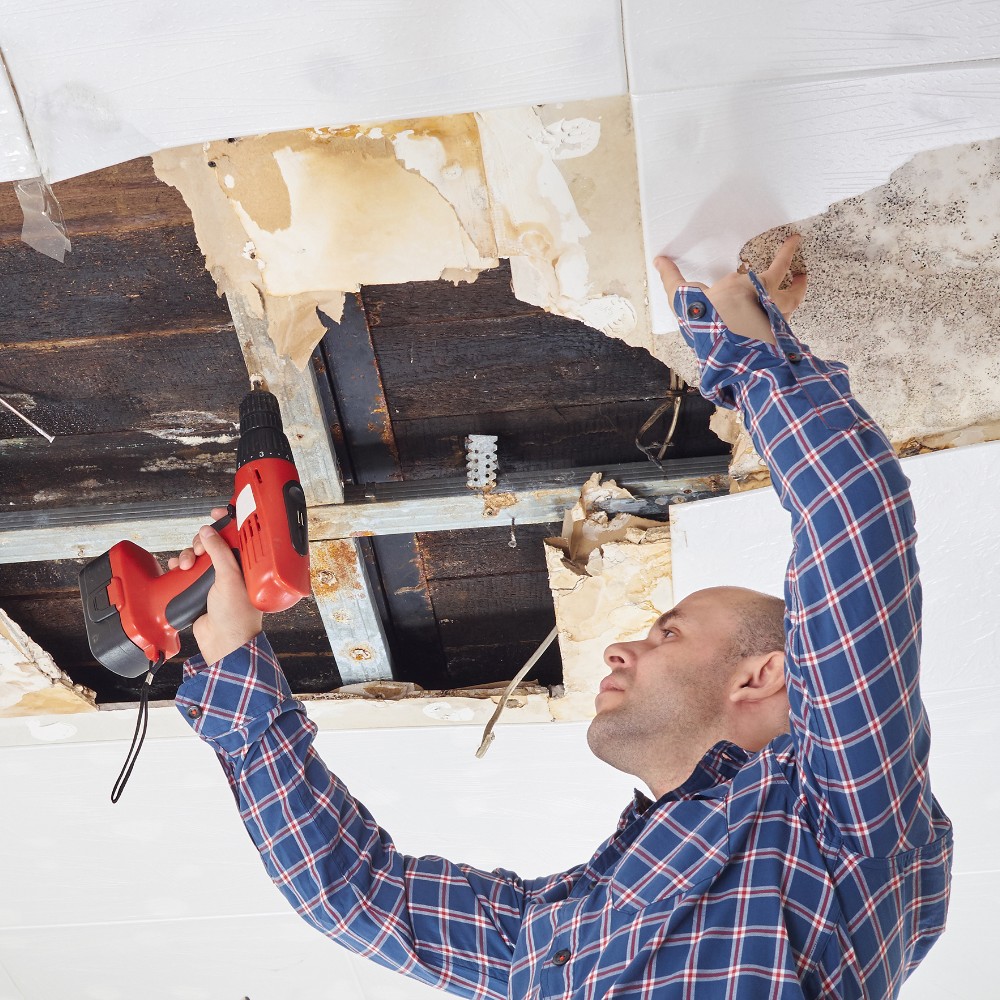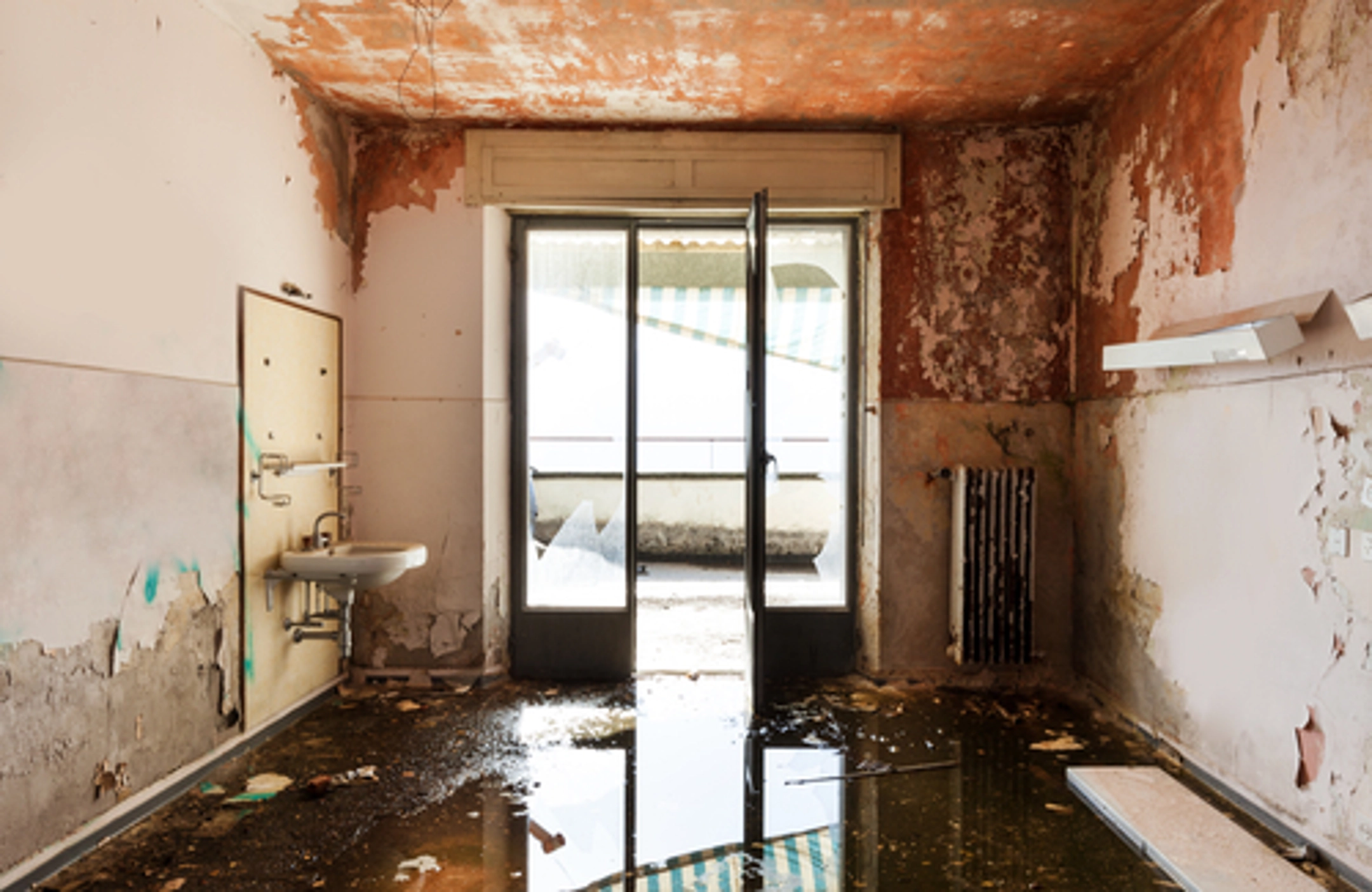Flood Damage Restoration Timeline: What to Expect from Start to Finish
Crucial Steps to Adhere To for Reliable Water Damages Repair in Your Home
When confronted with water damages in your home, understanding the important steps for effective restoration can make all the distinction. You require to assess the damage and warranty safety and security prior to dealing with the trouble. Stopping the source of water is crucial, yet it's simply the beginning. There's a series of actions you need to take to protect your residential or commercial property from more concerns when you've taken care of that. Let's discover what you ought to do following.
Examine the Damages
The first step is to assess the damage completely when you discover water damage in your home. Beginning by determining the source of the water intrusion. Look for leakages, ruptured pipelines, or other concerns triggering the trouble. Next, check out the impacted locations for visible indicators of damages, consisting of mold, discoloration, or warping development. Do not neglect to search in concealed spots like behind wall surfaces or under flooring, as water can leak right into these locations unnoticed.Document the damage by taking clear pictures and notes. When going over the circumstance with your insurance coverage supplier or repair professionals, this will certainly help you. Take note of the sort of materials influenced, as different products need different reconstruction strategies. Lastly, review the level of the damages. Is it substantial or small? Understanding the extent will certainly assist you in deciding whether to handle it yourself or call the experts for a much more extensive repair procedure.

Make certain Security
Before you start any kind of remediation work, guaranteeing your safety is necessary. Examine the condition of your home. If the water's deep or if you notice electrical hazards, don't go into the location. Transform off the electrical energy and gas supply to avoid mishaps. Wear protective gear like gloves, boots, and masks to secure on your own from impurities or mold.It's important to stay familiar with your surroundings; watch for sharp objects and unsafe surface areas. Treat it as hazardous waste if the water is from a sewage backup. Keep children and pet dogs away from impacted locations to avoid exposure.Once you've taken these safety measures, you can continue with the repair process. Keep in mind, your security comes initially, and if you're ever before uncertain, it's ideal to consult an expert. Taking these steps will assist assure you're all set to take on the repair safely and efficiently.
Stop the Resource of Water
After guaranteeing your safety and security, the next step is to quit the resource of water. Determine where the leak is coming from. It could be a ruptured pipe, a defective home appliance, or perhaps hefty rainwater entering via a harmed roofing. If it's a plumbing problem, shut off the main supply of water to your home to stop further flooding. For appliances, unplug them and shut down their water system valves.If the resource is outside, like rain, attempt to divert it far from your home utilizing sandbags or other obstacles. For small leaks, you may be able to use tape or a sealant temporarily until an expert can repair it. Keep in mind, resolving the resource quickly is important to decreasing damage and avoiding mold and mildew growth. As soon as you have actually stopped the water, you'll remain in a better setting to carry on to the next action in the repair procedure.

Remove Excess Water
Act swiftly to eliminate excess water, as standing water can result in a lot more extensive damage and mold and mildew growth. Collect your tools: a wet/dry vacuum cleaner, pails, and towels. You can utilize towels to soak up the moisture if the water is shallow. For much deeper water, a wet/dry vacuum cleaner is your best choice. Make certain to clear the vacuum cleaner often to stay clear of overflow.If the water is infected, like from a sewer back-up, put on protective equipment, including handwear covers and masks, to keep yourself safe. As soon as you've eliminated as much water as feasible, look for covert pockets of moisture in corners and under furnishings, as these can nurture mold.Don' t neglect to switch off electrical appliances and power electrical outlets in damp areas to stop dangers. This preliminary step is vital in reducing damage and establishing the phase for a successful restoration process.
Dry and Dehumidify the Location
Once you've eliminated the excess water, it's important to completely dry and dehumidify the location thoroughly. Beginning by utilizing dehumidifiers successfully to pull moisture out of the air and stop mold and mildew growth. Watch on moisture levels to assure the area dries out entirely.
Eliminate Standing Water
To properly take on water damage, you require to focus on removing standing water as quickly as feasible. Beginning by gathering required tools, like a wet/dry vacuum or a pump, relying on the volume of water. A vacuum ought to do the technique if the water is shallow. For larger quantities, a pump is more efficient. While working, make certain to put on safety equipment to keep yourself secure from impurities. As you eliminate the water, focus on hidden locations like under furniture or in corners where water might gather. Your room will begin to dry out as soon as you have actually eliminated the bulk. This action is crucial, as sticking around water can bring about mold and mildew growth and a lot more extensive damages.
Usage Dehumidifiers Properly
Exactly how can you effectively utilize dehumidifiers to completely dry and dehumidify your area? Start by positioning your dehumidifier in the most afflicted area, ideally where water damages is most serious. Make certain to close all doors and home windows to create a closed environment. Activate the dehumidifier and established it to the proper moisture degree, normally around 30-50%. Empty the water collection container regularly, or consider using a version with a continual water drainage choice for comfort. Ideally, make use of followers to enhance air flow, helping the dehumidifier work much more efficiently. Keep the dehumidifier running till you're certain that the area is thoroughly dried, stopping mold and mildew development and additional damages (Flood Damage Restoration). This step is vital for efficient here water damages reconstruction
Display Moisture Degrees
Surveillance humidity degrees is vital during the drying out process, as it aids ensure your space continues to be devoid of excess moisture. Buy a reliable hygrometer to track humidity precisely. Ideally, you wish to preserve levels between 30% and 50%. You might require to readjust your followers or dehumidifiers to boost airflow if humidity readings climb over this range. Inspect the analyses regularly, specifically in areas susceptible to wetness, like basements or restrooms. If you notice persistent high humidity, consider boosting air flow or using added dehumidifiers. Remaining on top of these degrees not just speeds up the drying out process but also stops mold growth, ensuring your home keeps secure and comfortable.
Tidy and Disinfect Affected Surfaces

Bring back and Repair Your Home
After cleaning and decontaminating the affected areas, it's time to restore and repair your home. Begin by evaluating the damage. Look for architectural concerns, like damaged floors or wall surfaces, and deal with any needed repairs. Replacing harmed drywall or flooring is essential for both aesthetic appeals and safety.If your furnishings or valuables were affected, consider whether they can be restored or require substitute. Clean or properly recover products where possible.Next, paint wall surfaces and touch up any type of locations that need attention. This not only enhances appearance however likewise secures surfaces from future water damage.Don' t forget to inspect your pipes and appliances for leakages, guaranteeing whatever's operating effectively. Ultimately, think about mounting a dehumidifier to stop future wetness problems. By taking these steps, you'll restore your home to its previous glory and produce a safer living atmosphere.
Regularly Asked Questions
The Length Of Time Does Water Damages Repair Typically Take?
Water damages remediation normally takes anywhere from a couple of days to several weeks, relying on the extent of the damage (Smoke Damage Restoration). You'll intend to analyze the circumstance promptly to reduce further complications and guarantee correct remediation
Will My Insurance Coverage Cover Water Damage Repair Costs?
Your insurance policy could cover water damages repair prices, however it depends on your policy. Examine your coverage details and contact your insurance policy agent to clarify what's included and what you require to sue.
Can I Handle Water Damage Reconstruction Myself?
You can handle water damages remediation on your own, however it's vital to analyze the circumstance. If it's comprehensive, you may desire to call experts. Constantly prioritize security and ensure you have actually got the right devices.
What Are the Signs of Hidden Water Damages?
You might observe indications of hidden water damage like deformed walls, stuffy smells, or staining. If your floorings feel mushy or you spot mold, it's time to explore better before the situation gets worse.
How Can I Stop Future Water Damage in My Home?
To avoid future water damages in your house, you ought to regularly examine plumbing, seal fractures, keep seamless gutters, and assurance appropriate water drainage. Setting up a sump pump and wetness barriers can also help keep your area completely dry. When you uncover water damages in your home, the very first step is to analyze the damage thoroughly. Act promptly to eliminate excess water, as standing water can lead to extra substantial damages and mold growth. To efficiently deal with water damages, you require to concentrate on getting rid of standing water as quickly as feasible. As you eliminate the water, pay focus to concealed locations like under furnishings or in edges where water could gather. Water damage repair normally takes anywhere from a few days to several weeks, depending on the extent of the damage.